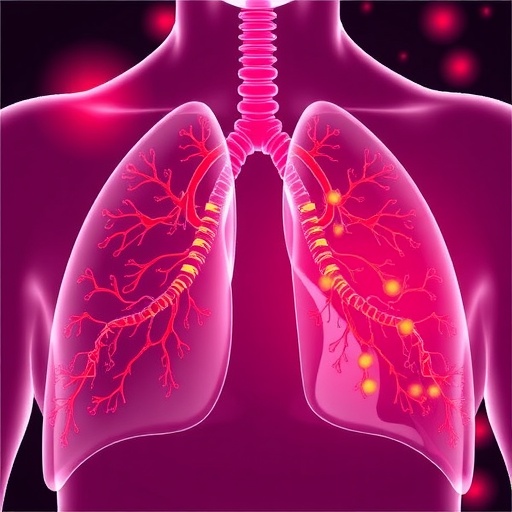By mapping the largely uncharted chromatin landscape of primary human cancers, researchers have revealed new insights into the regulation of different cancer-related genes. Their study provides a valuable resource to researchers seeking to understand the regulatory dynamics across an array of cancer types and may one day help in partitioning cancer patient populations towards more effective therapies, for each. Cancer is a highly diverse collection of diseases characterized by many different types of tumors, clinical features, patient outcomes and therapeutic responses. Through large-scale genomic and molecular analyses, The Cancer Genome Atlas (TCGA) has documented many of the genetic mutations responsible for cancer. However, while the publicly available TCGA data documents a rich collection of genomic information on human cancers, a more systematic investigation of the DNA-protein complex where genes are found, material known as chromatin, could help better peg the switches that affect different cancer-related genes in ways that impact cancer prognosis and treatment. A recent advancement in studying accessible chromatin, developed by Stanford researchers including those on this new study, is known as ATAC-seq. It has enabled comprehensive chromatin profiling in small samples. ATAC-seq uses an enzyme to reveal accessible segments of chromatin, which in turn reveals active DNA regulatory elements. Here, M. Ryan Corces and colleagues use ATAC-seq to map the chromatin accessibility landscape of 23 types of primary human cancer using 410 samples derived from TCGA. By identifying over 500,000 accessible DNA elements, Corces et al., greatly expanded the scope of known DNA regulatory elements of cancer genomes. Their work offers new insights into inherited risk loci for cancer. The study's results also suggest that a systematic approach to understanding the noncoding genomics in cancer will be needed to truly advance effective diagnosis and therapy of the disease, according to the authors. In a related Perspective, Jussi Taipale writes, "given the scale of the dataset and its multiomic character, there is great potential for new discoveries."
###
Media Contact
Science Press Package Team
[email protected]
202-326-6440
@AAAS
http://www.aaas.org
http://dx.doi.org/10.1126/science.aav1898




